Learning the Blues Scale: The Pentatonic Scale Box Exercise
Author: Neelesh Vasistha
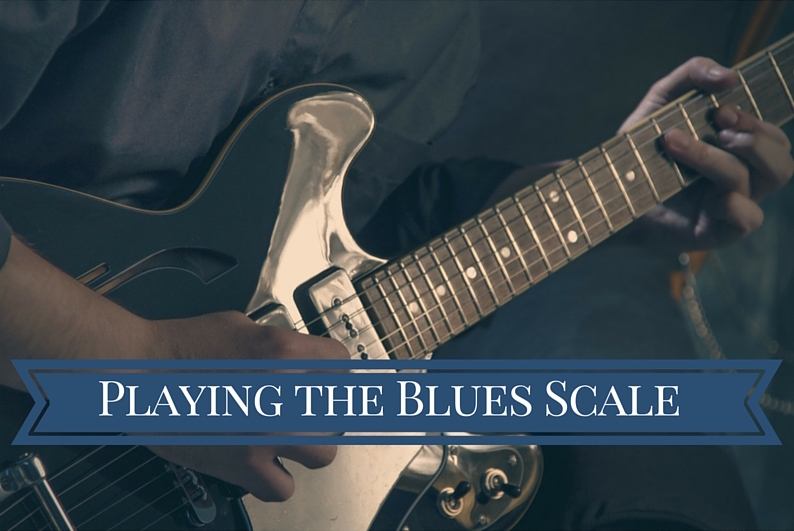
So here it is. The Blues Scale a.k.a the Pentatonic Scale Box 1. The home-court. Mother to us all. The anchor around which most of your lead playing will develop. You’ll grow to become very intimate with this blues scale, so pay attention. In consonance with this week’s blog, I’ve provided some tabs on how one can begin to approach this pentatonic position in unorthodox ways. Now theoretically, the pentatonic is split into two scales: major and minor. For these licks however, I’ll be using a hermaphrodite version of the scale, blending both minor and major notes to demonstrate how to make the most out of the box exercise.
Of course, the content cannot help be influenced by its author. These are only examples of how I developed my playing. I personally fell in love with fluid, ‘loopy’ pentatonic licks, which seem to fold back on themselves and when played at full-speed, generate a flowing cascade of notes. Some of these licks bear strong country influences in respect to the major third and peddling the root note, but I would call them genre-neutral. Perhaps it would be best to think of these licks as cool little tricks that you can dissect, reassemble and hopefully deploy in whichever way you see fit. Use them, learn from them and make them your own.
Table of Contents
Lick 1
This lick starts off with a slide from the minor to major third, a move which adds a distinctive ‘happy’ flavour demonstrated famously in the opening riff of ‘Hideaway’. Keeping the root note held down under your slides produces a lovely, rolling effect. The last two notes are the 5th and the root of the key signature, respectively. If let to ring together, they form a pleasant-sounding, inverted power chord – a harmonically satisfying way to finish the melody.
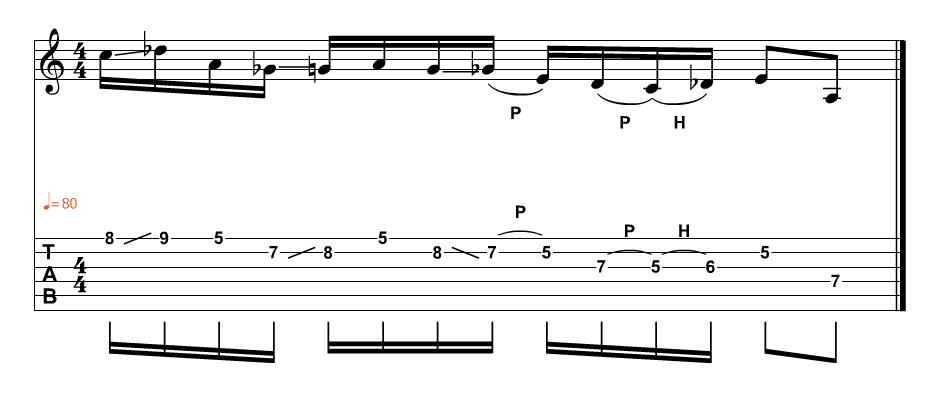
Lick 2
This lick encapsulates some of my favourite moves. Try to get used to rolling notes back and forth. In the middle of the lick I hammer-on from the 4th to the minor 5th (the blue note), kiss the root note on the top E-string, then return to the G-string, sliding the notes in reverse before pulling off to the minor 3rd.. What’s common here is to use a slight micro-bend on minor 3rds. It creates a tense, ‘groaning’ sound and begs for harmonic resolution, which makes it a great anticipatory note before going back to your root.
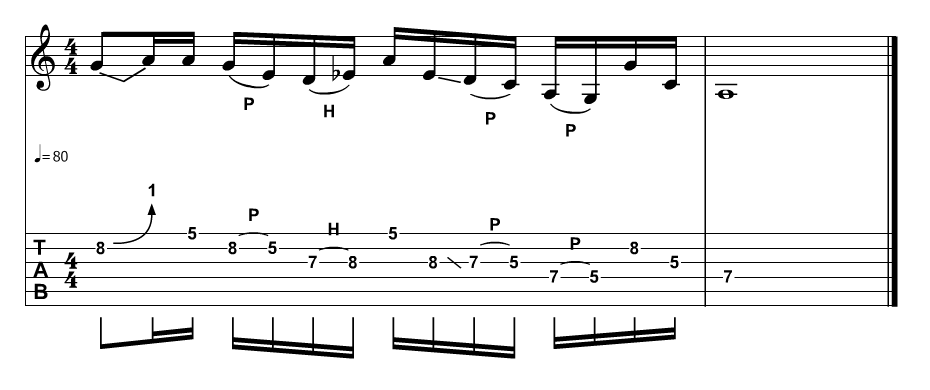
Lick 3
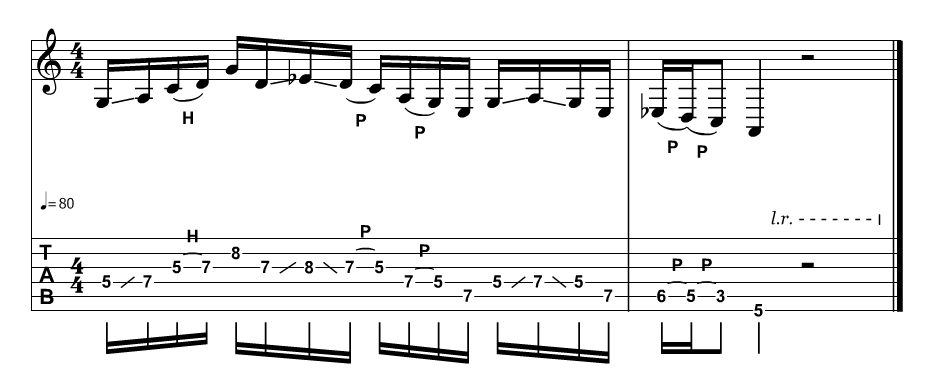



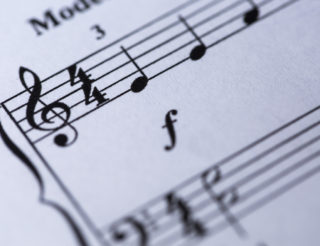




No comments yet - be the first.